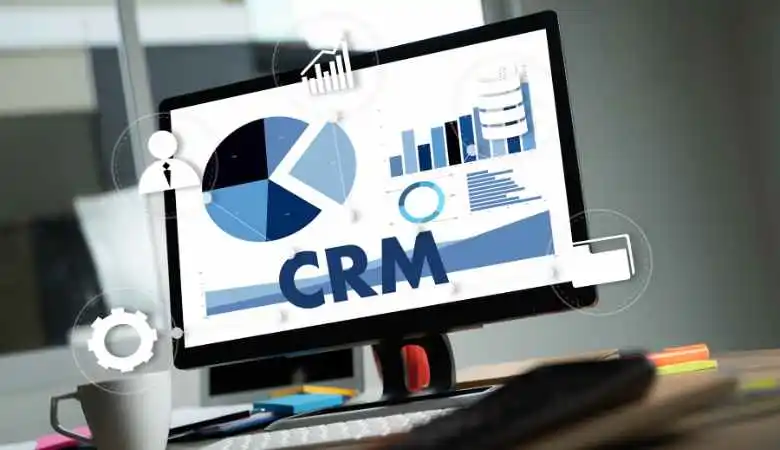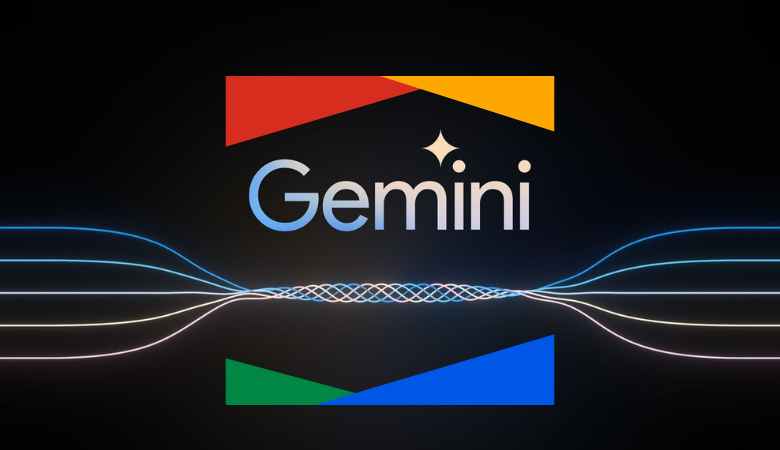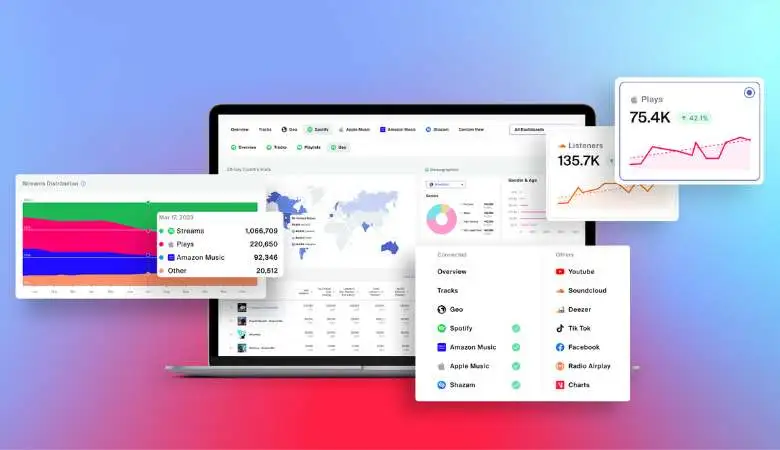Emerging Technology Adoption that will Improve Developer Efficiency

Without a doubt, the pandemic was a unique situation that taught us to expect the unexpected, which led companies to face new challenges that forced them to accelerate their digital transformation processes at speed never seen before.
Although what is to come in 2022 is still unknown, the momentum for modernization will continue to grow in an increasingly global and connected business landscape.
Therefore, it would not be surprising to see significant disruption and innovation in all industries, even those that address major global issues, such as a supply chain crisis, climate change, the proliferation of consumer privacy laws, or even the recession.
Whether it’s buying an item of clothing, exercising, or arranging for childcare, everything you do will require some digital interaction. In fact, according to an IDC report, people’s daily digital interactions will go from an average of 750 this year to 5,000 in 2029.
Organizations will continue to explore investments in new emerging technologies that help IT and development teams power the digital world in which businesses and consumers live.
This includes preparing architectures for the future by adopting technologies that enable scalability, agility, and adaptability to rapidly changing environments.
More Decentralized Future Edge 2.0
In 2022 computing will be more fragmented thanks to the new generation of Edge Computing. Whether in mobile applications or sensors in a factory, there is a constant trend to pack as much computing power as possible into the smallest devices, allowing them to collect data and make decisions for themselves. This is already possible in IoT, but “Edge 2.0” will drive this evolution even further.
Currently, the Edge requires a device to connect to a central server. Although a remote monitoring system, for example, can collect information by itself, it is the cloud or the central service that does all the work.
Thanks to Edge 2.0, teams will be able to work without a central server, thanks to a dispersed network of devices and a decentralized cloud infrastructure. The link will be completely broken, and thus, the devices will communicate with each other without any connection.
When they inevitably have to reach the cloud, the more dispersed cloud infrastructures will need fewer resources, increasing their value.
Adopting Microservices at Scale
More and more companies will begin to understand how inherently complex microservices are used at scale.
To achieve success, organizations will leverage autonomous and independently deployable microservices at a smaller scale (starting with 2-3 components and not scaling out).
Developers will pay attention to each module make sure microservices are unit-evaluable and loosely coupled. This way, if a microservice depends on other data types and the model needs to be changed, other microservices will not be affected. In the future, testing, planning, attention to detail,
Blockchain and Web 3.0
More and more companies will incorporate blockchain technology, specifically Ethereum, to build new applications. Developers will use programming languages like Solidity and technologies they are already familiar with (for example, JavaScript) to build dynamic and interactive applications.
With the advent of Web 3.0, working with blockchain is something that every developer will use in a few years, similar to the adoption of machine learning back in the day.
In addition, the development of advanced web applications will continue to be a priority. This involves designing new apps with Web 3.0 capabilities in mind, including a native app experience when visiting websites on end-user devices (instead of an outdated interface that isn’t optimized for satisfactory user experience).
AI 2.0 will be Smarter and Speed
Artificial Intelligence is often overrated and does not always live up to our expectations. Next year will see the change from AI 1.0 to a more sophisticated version.
If AI 1.0 were all about streamlining operations by automating repetitive tasks, AI 2.0 would take it to the next level. In 2022 we will see how human participation is reduced to help people make better and more informed decisions.
This way will analyze large data sets in seconds, identify possible lines of action, and offer the end-user a more agile decision-making process.
This will be a data-driven shift. AI 2.0 will create huge amounts of data, orders of magnitude larger than humans can manage manually.
Consequently, organizations will continue to work towards an autonomous approach to managing these. This means that machines will handle the data generated to help humans make more informed decisions.
New Opportunities for Developer Relationships will Arise
Developer relations is still a very nascent field, so it’s not clear what the future holds. However, there is great value in relying on DevRel or developer relations teams to bring the developer perspective to product and marketing decisions.
Developers have a great influence on decision making because they are the ones who ultimately have to face the decisions they make. DevRels are seen in the industry as a form of developer marketing, and there’s a lot of truth to that.
Without a doubt, it is an opportunity that the communication goes in both directions: listen to the developers and use their comments as a guide. Many DevRel teams are lacking in this regard,
Today’s Businesses will Need Composable IT
Leveraging software-defined components, composability eliminates the need to manage the underlying infrastructure and the need to reconfigure physical assets (servers, storage, and connectivity based on workload changes).
With composable infrastructure, enterprises can manage their applications or services through a single map of control that can span multiple clouds, on-premises, on its way to the edge.
As such, today’s globally distributed enterprises will embrace the concept of composability, not only for their on-premises infrastructures but also for their multi-cloud and edge deployments.
Looking at architectures and their evolution, companies will move away from monolithic architectures to building applications and infrastructure from components with well-defined interfaces.
Companies will continue to prioritize agility and simplicity when composing the infrastructure of technology stacks to achieve business goals, so the concept of “composable” companies and applications will be a key trend.





